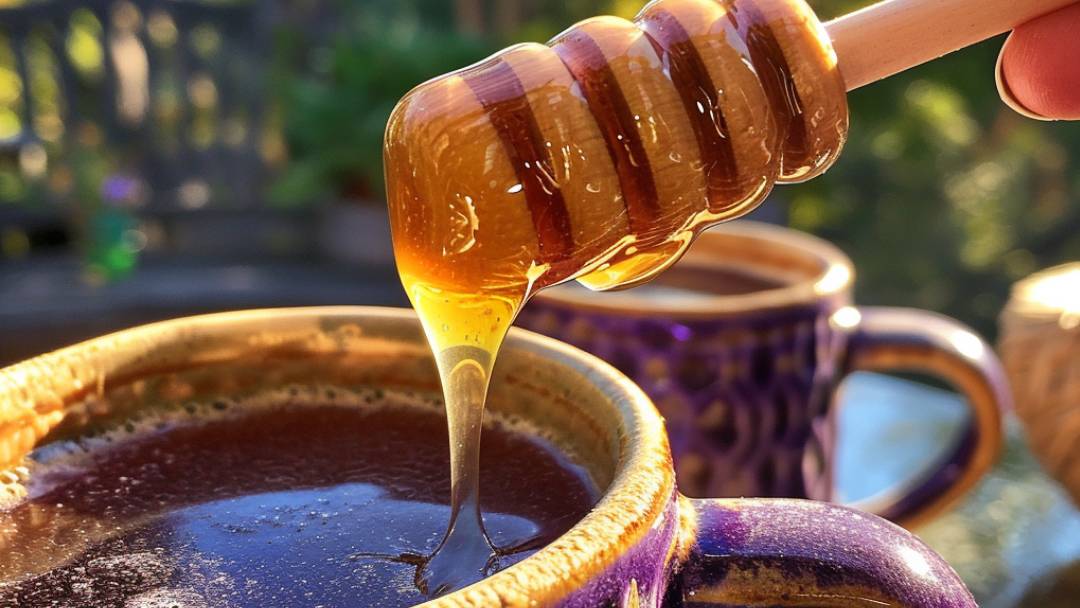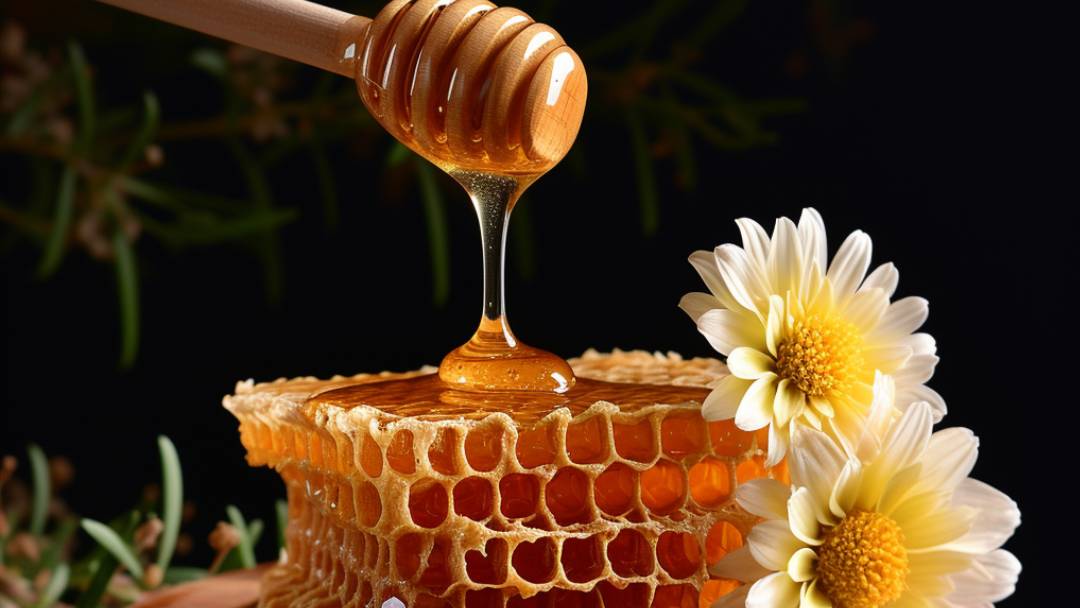Marriage is filled with joyful traditions, and the honeymoon is among the most exciting. It marks the start of a beautiful journey, celebrating love and the promise of a shared future. The meaning of the honeymoon itself has a story that is as romantic as the tradition it represents.
Why is a Honeymoon Called a Honeymoon?
The word “honeymoon” has its roots in centuries-old traditions, blending two simple yet meaningful elements: “honey” and “moon.” The “honey” represents the sweetness of those first days of marriage, filled with joy, love, and the excitement of starting a life together.
The “moon” reflects the natural ebb and flow of time. Just as the moon waxes and wanes, the early bliss transitions into the rhythms of everyday life. This combination of sweetness and the passage of time gives the term its rich and timeless meaning, reminding couples to cherish the magic of new beginnings and the journey ahead.
Find out what the honeymoon phase is and how long it spans.
Why Mead and Moonlight?
The tradition of drinking mead during the first month of marriage was more than a sweet indulgence. Mead, made from honey, symbolized prosperity and hope, while the moon’s cycle represented the couple’s fresh start and the passage of time. This ritual blended symbolism and belief, marking the transition into married life with optimism.

Ancient Traditions Behind the Honeymoon
The origins of the honeymoon are rooted in fascinating traditions across various cultures:
Nordic Traditions
In ancient Nordic customs, newlyweds drank mead, a honey-based beverage, for an entire lunar cycle. This practice was believed to bring good fortune, promote fertility, and ensure prosperity. The link between honey and the moon may have inspired the term “honeymoon.”
European Bridal Tours
In 19th-century Europe, particularly in Britain, newlyweds embarked on “bridal tours” after their wedding. These trips initially focused on visiting family and friends who couldn’t attend the ceremony. Over time, these journeys became more about the couple, eventually transforming into the romantic getaways we know today.
Babylonian Mead Gifts
In ancient Babylon, it was customary for the bride’s father to provide the groom with mead for a month following the wedding. This gesture symbolized sweetness and prosperity, further tying honey to the early days of marriage.
Nowadays, a practical and charming alternative to the traditional honeymoon in the post-wedding vacations has emerged.
Check out romantic mini-moon ideas
How the Honeymoon Evolved
The modern honeymoon, centered around relaxation and leisure, began to take shape in the late 19th and early 20th centuries. With the rise of new travel opportunities, wealthier couples started venturing to exotic destinations, setting the stage for a tradition that has endured and evolved.
Though the way honeymoons are celebrated has changed over time, the heart of the tradition remains unchanged. It’s still a special time to honor the union of two people and create meaningful memories as they start their journey together.
Check out the honeymoon packing list – essential for planning your trip.
The honeymoon for couples today is a personalized experience, with couples selecting destinations that match their unique style, from tranquil beaches to vibrant cities. It’s a chance to step away from daily routines, celebrate their union, and create lasting memories in a way that feels truly their own.
FAQs
Is honeymoon a ritual?
A honeymoon is not a formal ritual but rather a tradition. It symbolizes the start of married life and serves as a celebration of love and unity, often through a private getaway.
What is the origin of the word “honeymoon”?
The word “honeymoon” comes from medieval traditions, where newlyweds drank mead, a honey-based wine, for a full moon cycle to symbolize sweetness and prosperity.
How long should a honeymoon last?
The length of a honeymoon varies based on personal preferences and schedules. Some couples take a few days for a “mini-moon,” while others enjoy extended trips lasting weeks.
What are some popular honeymoon spots?
Popular honeymoon spots include the pristine beaches of the Maldives, the romantic streets of Paris, the tropical beauty of Hawaii, and the cultural wonders of Italy.
Do all cultures celebrate honeymoons?
No, not all cultures traditionally celebrate honeymoons. In some, newlyweds focus on family or community celebrations rather than private trips.


